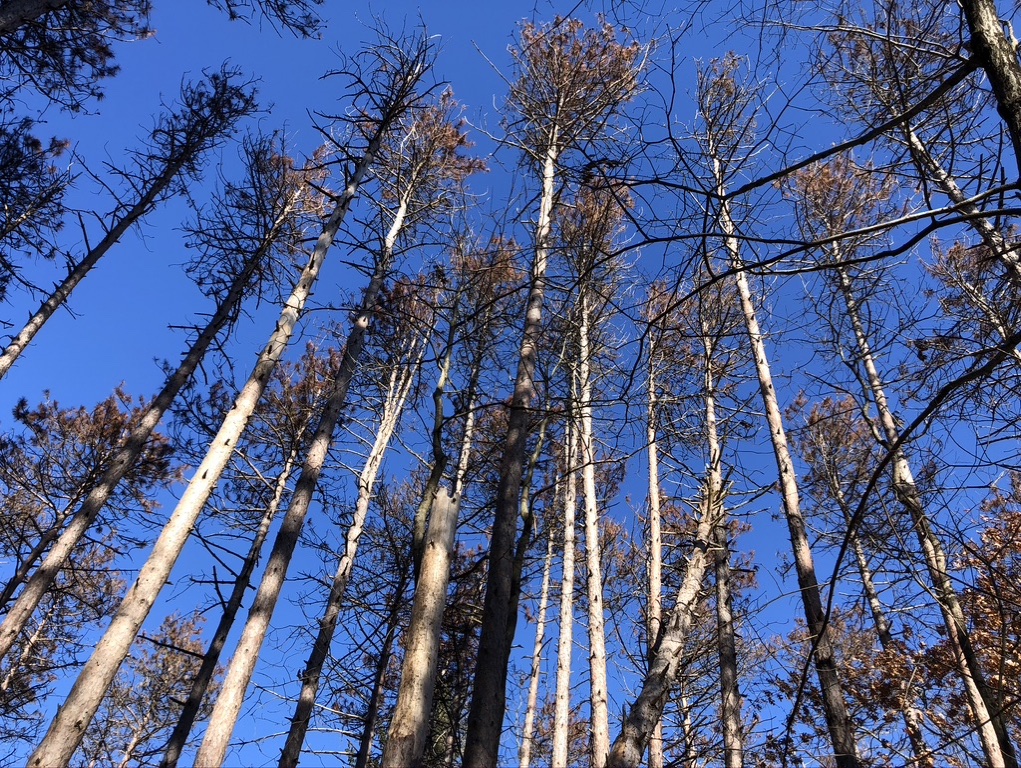
The Reading Post accepts Letters to the Editor. All letters must be signed. The Reading Post reserves the right to edit or not publish any letters received. Letters do not represent the views or opinions of the Post. editor@thereadingpost.com
The Reading Town Forest was created by the people of Reading in 1930. Originally eighty acres in size, the forest today includes almost three hundred acres of land and is a valued environmental and recreational resource for the community. Rows of red and white pine trees were planted in the 1930s. The red pine trees are native to more northern latitudes. They are currently being stressed by the warming climate, making them vulnerable to insects and fungal pathogens. The photo below is typical of areas of red pine die-off in the Reading Town Forest.

There are a number of areas in the Town Forest where the red pine trees are in serious decline or outright mortality. Most of these areas have fire roads and walking trails through them. These trees pose a risk to users of the Town Forest who walk under them. The potential risk of fire is also a concern. People should look up when next in the Town Forest. The stands of dead red pine trees are very evident. Action is required.
The Phase 1 pilot cutting program in January 2020 removed dead and dying red pines from approximately 4.5 acres of the Town Forest. This program was very successful in both improving the safety of the Town Forest and in improving plant and wildlife habitat. Saplings whose growth was stunted by the dense stands of pine trees have thrived in the sunlight created by the Phase 1 cutting.
The recently completed Phase 2 cutting removed 470 dead red pine trees from the areas that are most frequently traveled by the public. This selective removal from 4.5 acres was not clear-cutting. A Forest Cutting Plan was prepared by a certified forester who marked each dead tree that was to be removed. The Forest Cutting Plan was approved by the State Department of Conservation and Recreation and the Reading Conservation Commission. Oak and white pine saplings were avoided during the cutting to the maximum extent possible. Ground disturbed by the cutting operation will heal. Replanting with native plant species, which provide food and shelter for birds and wildlife will follow. All trees cut under Phase 2 were removed. Trees that are currently on the ground are primarily red pines that have already fallen. All of the other red pines in the Town Forest will die. Removing them in a controlled manner before they fall on their own is a matter of public safety. Future phases of this selective removal of dead pines will also help ensure the health of the Town Forest. Patience with this process by users of the Town Forest will be rewarded.
Bill SullivanBlueberry Lane, Reading
